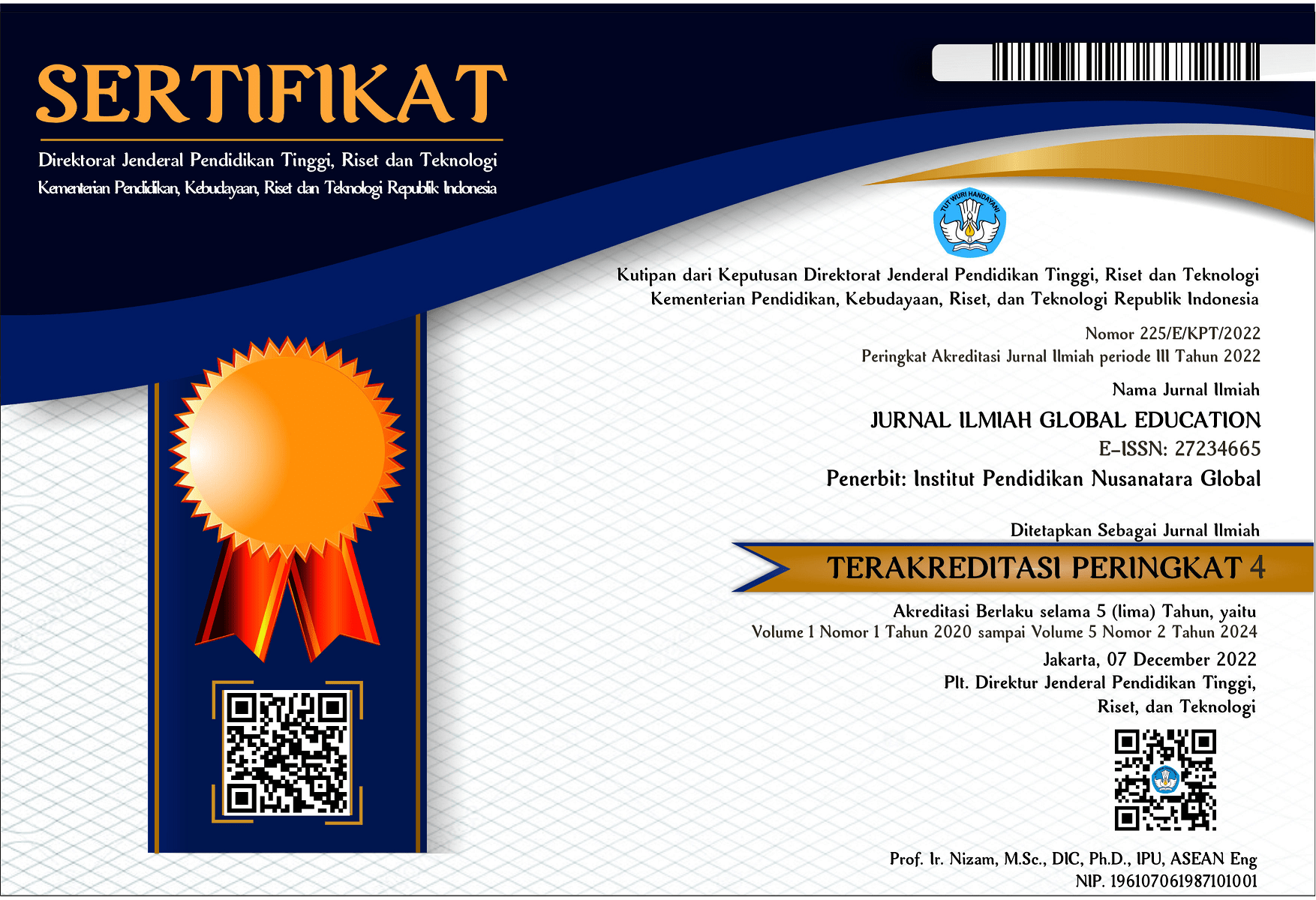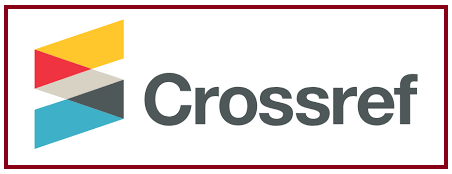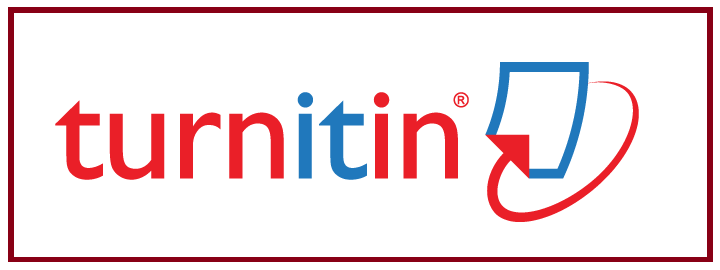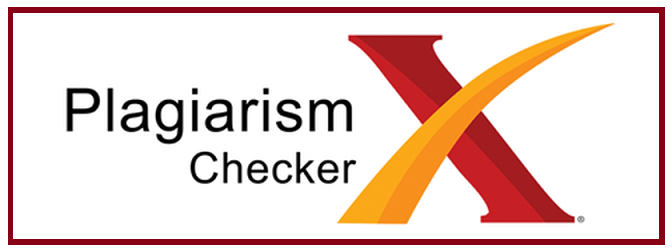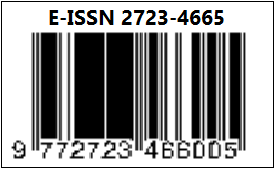DEVELOPMENT OF TOURISM ATTRACTIONS IN TIMBANG LAWAN VILLAGE, LANGKAT REGENCY
DOI:
https://doi.org/10.55681/jige.v4i2.831Keywords:
Tourism, Management, Timbang Lawan VillageAbstract
The purpose of this study was to analyze village management and the supporting and inhibiting factors in Timbang Lawan Village, Langkat Regency, North Sumatra Province. The method used in this research is descriptive qualitative research method. The data collection technique in this study is a data collection method in a way that can be used by researchers to collect data by observation, interviews, literature study, and questionnaires. The government has an important role in developing tourist destinations. in this case the government has not shown its role in developing the village of Timbanglawan, specifically access to all tourist areas in the village of Timbanglawan. The results of the research on the Management of Timbang Lawan Village as a Village in Langkat Regency show that of the 5 theories according to Buhalis (TT), namely attractions, accessibility, amenities, available packages, activities, ancillary services, is the first and important step to make tourists interested in visiting Timbang Lawan Village as a pilot tourism village so that it is hoped that this tourism village can develop and be sustainable. As a result, the main obstacle is accessibility which is not yet feasible and there has been no optimal effort from the government. Factors supporting road access to tourist attractions are not sufficient and this causes a lack of public awareness of the importance of developing tourism. Keywords: Role, potential attractions and development.
Downloads
References
Cresswell John. W. 2016. Research Design Approaches to Qualitative, Quantitative, and Mixed Methods. Yogyakarta, Student Library.
Now, Uma and Bougie. 2016. Research Method For Business : A Skill Building Approach 17th Edition. Chichester, Wiley.
Sugiyono. 2009. Educational Research Methods Quantitative, Qualitative, and R&D Approaches. Bandung : Alphabet
Downloads
Published
How to Cite
Issue
Section
License
Copyright (c) 2023 JURNAL ILMIAH GLOBAL EDUCATION

This work is licensed under a Creative Commons Attribution-ShareAlike 4.0 International License.


